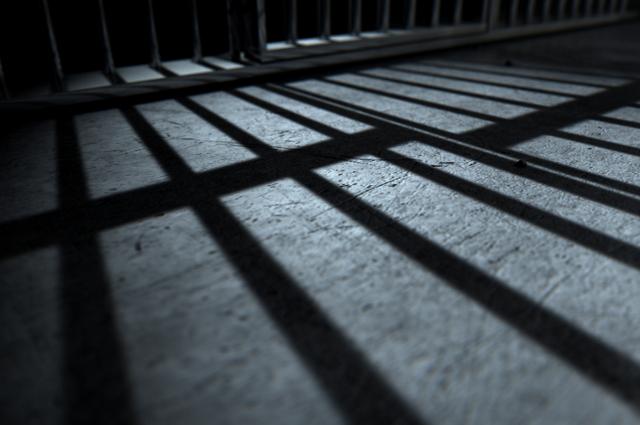-
About
-
Academics
- Physician Assistant
- Special Master’s (MBS)
-
Admissions & Financial Aid
- Tuition & Fees
-
Student Life
-
Research
- Research Labs & Centers
-
Local & Global Engagement
- Global Health Program
Tracking COVID-19 Behind Bars
A new Tufts group draws attention to the spread of coronavirus in prisons, jails, immigration detention centers, and juvenile facilities—which affects us all

Physical distancing to avoid coronavirus exposure is almost impossible in most prisons and detention facilities, which has led to massive COVID-19 outbreaks among incarcerated people and prison staff in New York, Ohio, and other states.
Advocates are calling for the early release of prisoners with medical conditions or near the end of their terms, arguing that uncontrolled outbreaks behind bars could have devastating effects in the United States, which has the highest incarceration rate in the world. But the extent of infections in such facilities has been hard to determine.
A group at Tufts aims to change that. By tracking both infections and deaths due to the new coronavirus at a range of facilities, the group aims to present a more accurate picture of the pandemic’s impact and help protect people in detention.